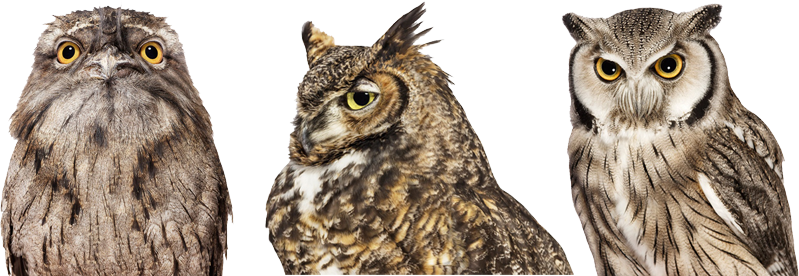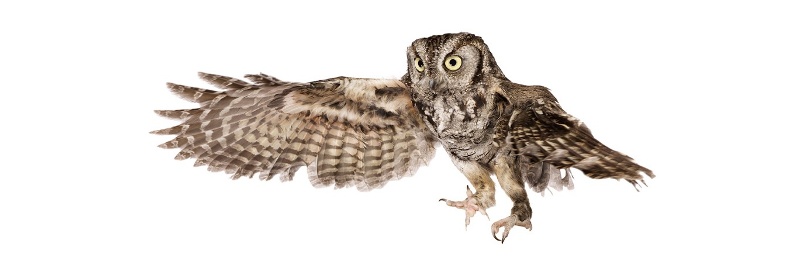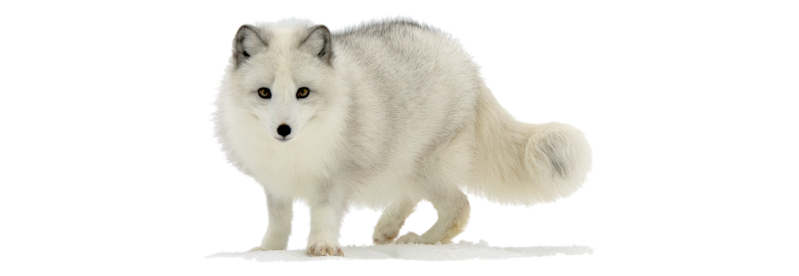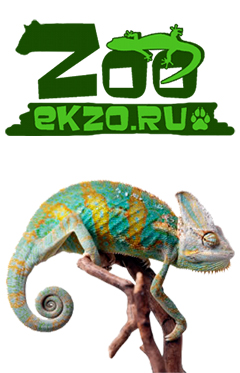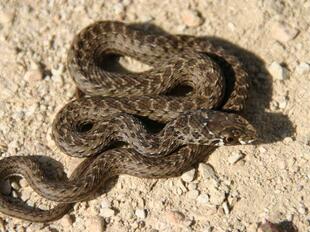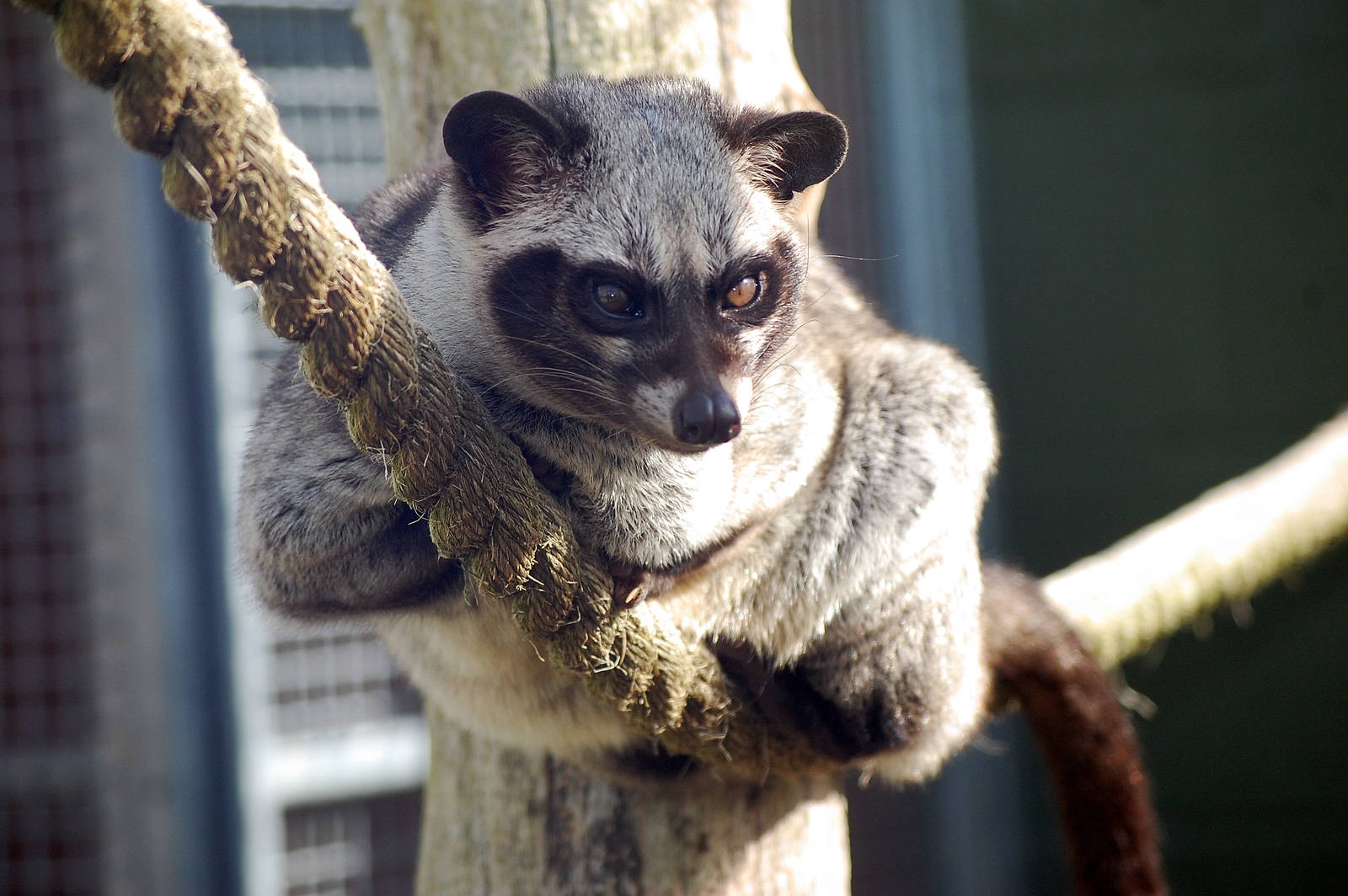
African palm civet, or Two-spotted palm civet (Nandinia binotata)
Phylum —chordata
Class — mammalia
Order — carnivora
Family — nandiniidae
Genus—nandinia
Appearance
The African palm civet is grey to dark brown with dark spots on the back. It has short legs, small ears, a lean body, and a long ringed tail. Adult females reach a body length of 37–61 cm (15–24 in) with a 34–70 cm (13–28 in) long tail and weigh 1.2–2.7 kg (2.6–6.0 lb). Adult males reach 39.8–62.5 cm (15.7–24.6 in) in body length with a 43–76.2 cm (16.9–30.0 in) long tail and weigh 1.3–3 kg (2.9–6.6 lb).
Habitat
The African palm civet ranges throughout much of sub-Saharan Africa from Guinea to South Sudan, south to Angola and into eastern Zimbabwe.
Behavior
African palm civets are solitary animals, but individuals have overlapping home ranges. Many civets forage in the same areas as other civets do. They are nocturnal creatures that are typically most active shortly after nightfall for 3 to 4 hours and then active again 3 to 4 hours before the sunrise. During the day, African palm civets can be found hiding or sleeping.
Diet
African palm civets are omnivores. They live in areas that produce fruit almost year around. Some of the fruit the palm civet eat come from umbrella trees (Musanga), sugar plums (Uapaca), corkwood (Myrianthus), wild figs (Fica), as well as the fleshy pulp from oil palms (Elaeis guineensis). Even though fruit is an important part of their diet, African palm civets are opportunistic; they will supplement their diet with whatever other foods they find. They eat rodents, insects, lizards, bats, birds, eggs, and hatchlings. African palm civets are also known to eat carrion. They will even raid farms for small livestock, including chickens, lambs, goat kids, and turkeys.
Reproduction
African palm civets breed twice a year during the rainy seasons. One male will breed with multiple females who live in home ranges that overlap his home range.Male and female African palm civets can breed twice a year, typically during rainy seasons. After the female becomes pregnant, she goes through 9 weeks of gestation with birth happening around May and October. Female civets typically give birth in a hollow tree to 2 offspring, each weighing about 55 g, but can have up to 4 offspring at a time. After about 64 days, baby civets are weaned and then the young accompany the mother when she forages until they are nearly adult size. After an average of 3 years, both males and females reach the age of sexual maturity.
In captivity
There is not much known about the lifespan of African palm civets in the wild, but they have lived in captivity for up to 21 years.
The African palm civet is easily tamed and drinks milk when it is kept as a pet. At home, she hunts mice, rats, and cockroaches.
Their habits make them behave either a cat or a raccoon.
Ii is advisable after purchase, if the inguinal glands have not been removed, remove them at the local veterinary clinic, unless your house is turned into a perfume parlor.
If you want to make a manual civet, you need it to have daily contact with you.
So that it does not cause destruction around the house, it is better to find a few toys for the civet which she will be allowed to play. If the area allows, it is better to allocate a separate room for the civet.
 Russian
Russian
 English
English








